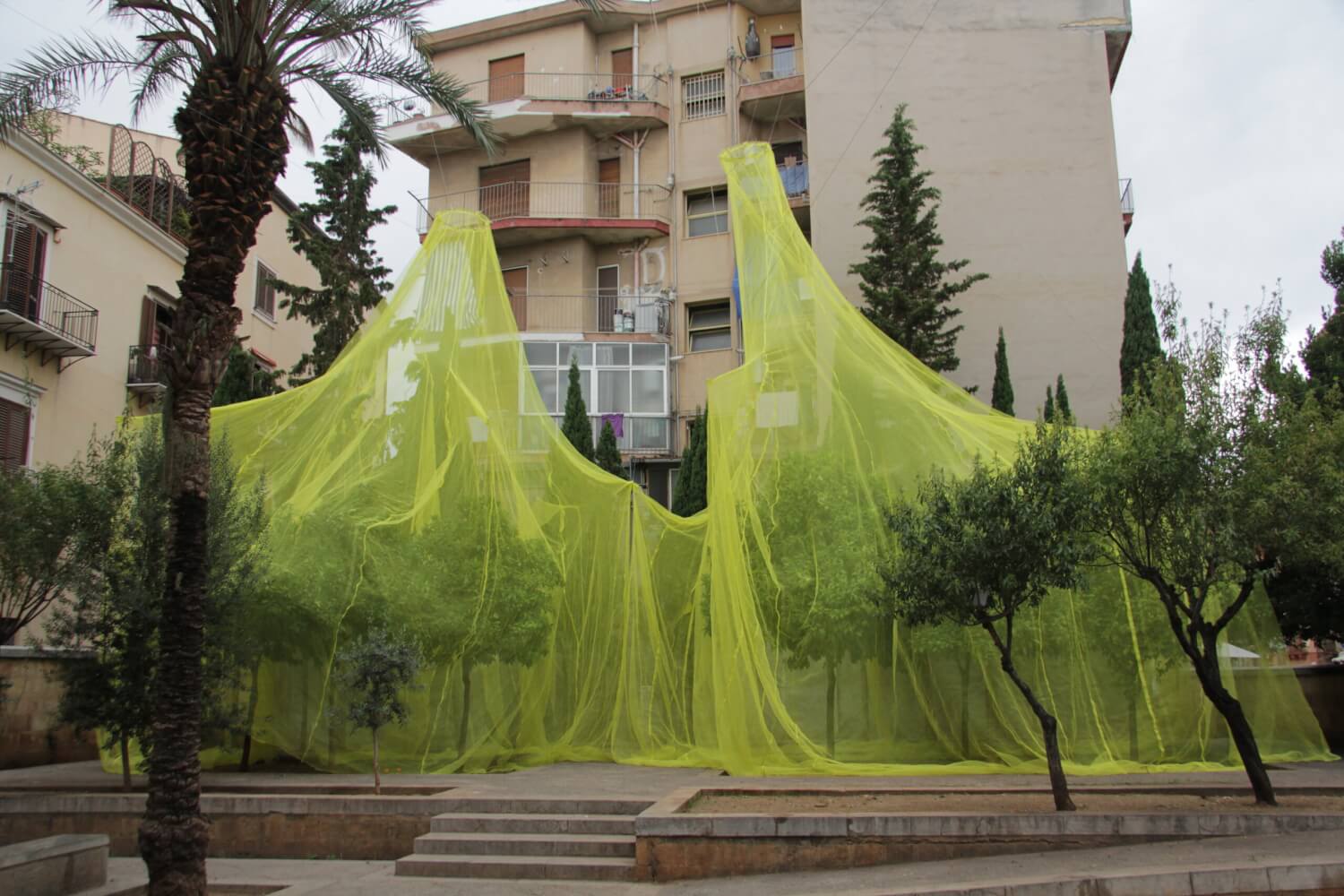
Cooking Sections, What Is Above Is What Is Below, 2018 © Manifesta 12, Wolfgang Traeger
MANIFESTA 14 PRISHTINA: HOW TO TELL STORIES OTHERWISE?
Manifesta is known as a nomadic biennial originating in the early 90s in response to the political, economic, and social changes in Europe and as a way of rethinking the lines between art and society across the challenging landscape of European integration. Committed to circling around the back alleys of artistic production rather than sticking around the dominant creative hotspots, Manifesta has found a fresh and different approach to bridging the emerging developments in art and culture with the specific qualities and idiosyncrasies of a chosen location. Its character is defined by a desire to explore the psychological and geographical territory of Europe while creating links with Europe’s neighbours in Asia, the eastern Mediterranean and northern Africa. The chosen host city shapes Manifesta's spirit - creating new constellations, rethinking the notion of public space, and bringing about more conversations as an entry point for extensive study that spans two or more years.
This year Manifesta is landing in Europe’s youngest country, Kosovo, and centers around Prishtina’s underused public spaces as common grounds for the ever-expanding urban mapping. We chatted to Manifesta’s founder and director Hedwig Fijen about the spirit of Prishtina, the early days of Manifesta, and if you can carry a place and have a place of your own alternately.
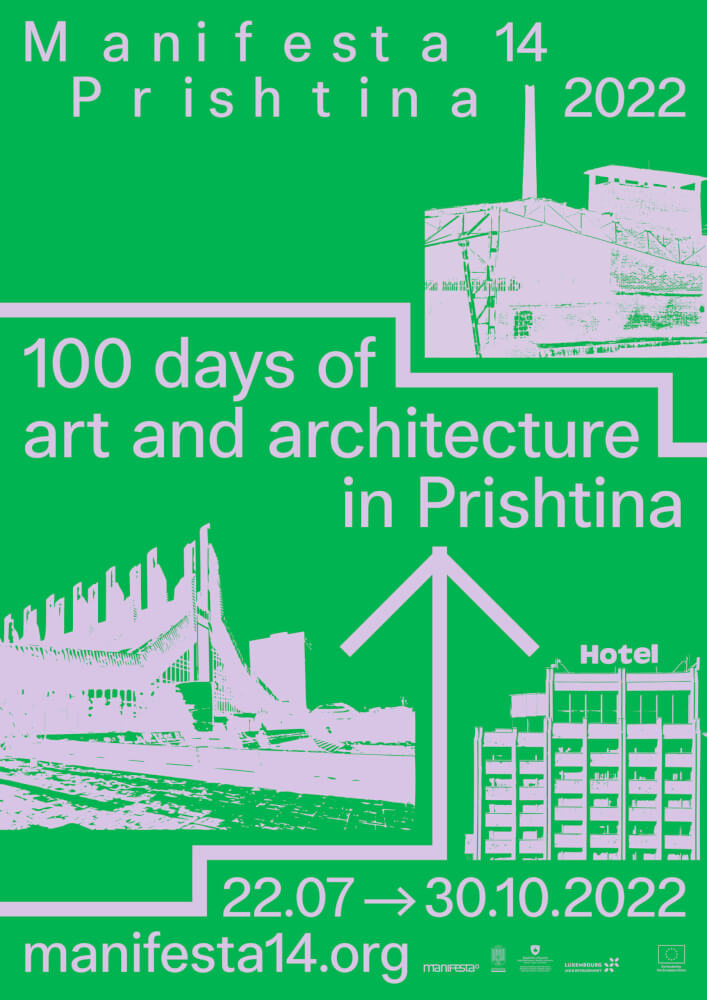
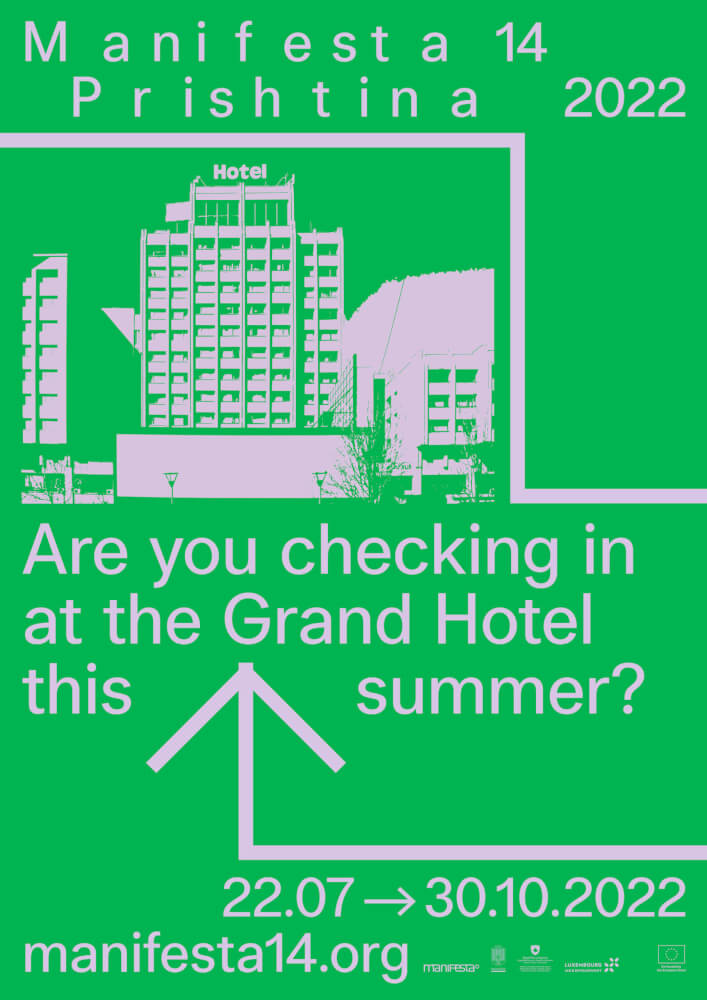
Manifesta 14 Prishtina Save the Date Campaign © Manifesta 14
NV: Can you tell me about the first time you visited Kosovo or any other parts of the Balkans at large: what images come to your mind? What was it like?
HF: When I first arrived in Prishtina, there was a scent and vibe that captured my attention. The scent of coal mixed with the energetic vibe of a super young generation of internationally-oriented people from Kosovo and the diaspora – who are cosmopolitan, vibrant, well educated and informed. I was impressed by the enthusiastic cultural scene of artists, musicians and performers, which I was not expecting to encounter to such a tremendous extent in a former Yugoslav country and the youngest country in Europe. It was winter and snowy and very poetic; throughout the day, the coffee houses were filled with people hanging out.
NV: Let’s also drift to the early days of Manifesta, the European Nomadic Biennial . You founded Manifesta in 1996 in Rotterdam with an emphasis on encouraging collaborative and multi-disciplinary work. How was this received by the participants back then and what stories come to mind?
HF: If we go back to the days of the founding of Manifesta at the beginning of the Nineties, it was clear that there some core characteristics of biennials that warranted reconsideration; the importance of collective working, co-creating and moving past nationalistic representation of artists became apparent to me, as did the need to conduct extensive curatorial research ahead of working site specifically with new commissions, which, of course, is an imperative practice for a nomadic event. This new approach was very difficult to grasp in the beginning and many cultural practitioners did not see the need or urgency to change the model of, for example, the Venice Biennale. I think these methods are not common all over, but are typical for Manifesta, maybe also as an outcome of our itinerant position.
NV:You started your work on Manifesta more than a decade ago. How has your process changed with the Biennial across social, cultural, political and technological changes between the 1990s and today? I know you value collaboration and public interventions, but have there been significant adjustments?
HF: We started 25 years ago with this collective approach, focusing on a participatory way of working as a strategy for having deep interactions with local communities. From Manifesta 5 onwards, there was a radical shift to interdisciplinarity involving urbanism and architecture in the narrative as well as new research methods, such as the pre-biennial mapping by architects to make us understand where we were landing as the European Nomadic Biennial as well as perceive the typologies of specific host cities with greater clarity. Manifesta works in close collaboration with city authorities to really make a change with the proposals we make and implement long term legacies. With our mediation, education, urban transformation and citizen assembly initiatives, we are commited to creating a platform for sociocultural change instead of focusing solely on art exhibitions, which museums and institutions in the host city are normally far better in executing.
NV: How do you feel the mapping of this new frontier here in Prishtina has influenced your approach to the nomadic Biennial and shaped your understanding of the city?
HF: In realising Manifesta 14 Prishtina, we drew on our recent experiences working in Palermo, Zurich and Marseille. Leaning on lessons learned in those editions while immersing in the particular conditions of the city of Prishtina, we conceived the newly commissioned Urban Vision, symbolic interventions, participatory and long term artistic transformations, social designs and public surveys focusing on the relevance of culture for the wellbeing of communities as well as the inclusivity of diverse perspectives in daily life, instead of catering to the whims of a small elite. The City of Pristhina’s motivation to transform and revitalise public space captivated our team, informing and influencing our narratives and practices as well as our capacity building efforts, especially in education and mediation.
I also experienced that there is a pressing purpose for Manifesta’s presence in this part of Europe, where we can co-create and co-produce sustainable projects in areas such as urbanism and ecology as well as increase the standing of interdisciplinary institutions in education initiatives. In this sense, Manifesta has persisted as a platform for experimentation ever since our first edition in Rotterdam in 1996 . In Kosovo, numerous long term projects have been initiated. We would like to guarantee that these projects continue after Manifesta 14 has closed. That is our ambition: to be the incubator and create the conceptual framwork while the local community assumes collective ownership and continues our projects.
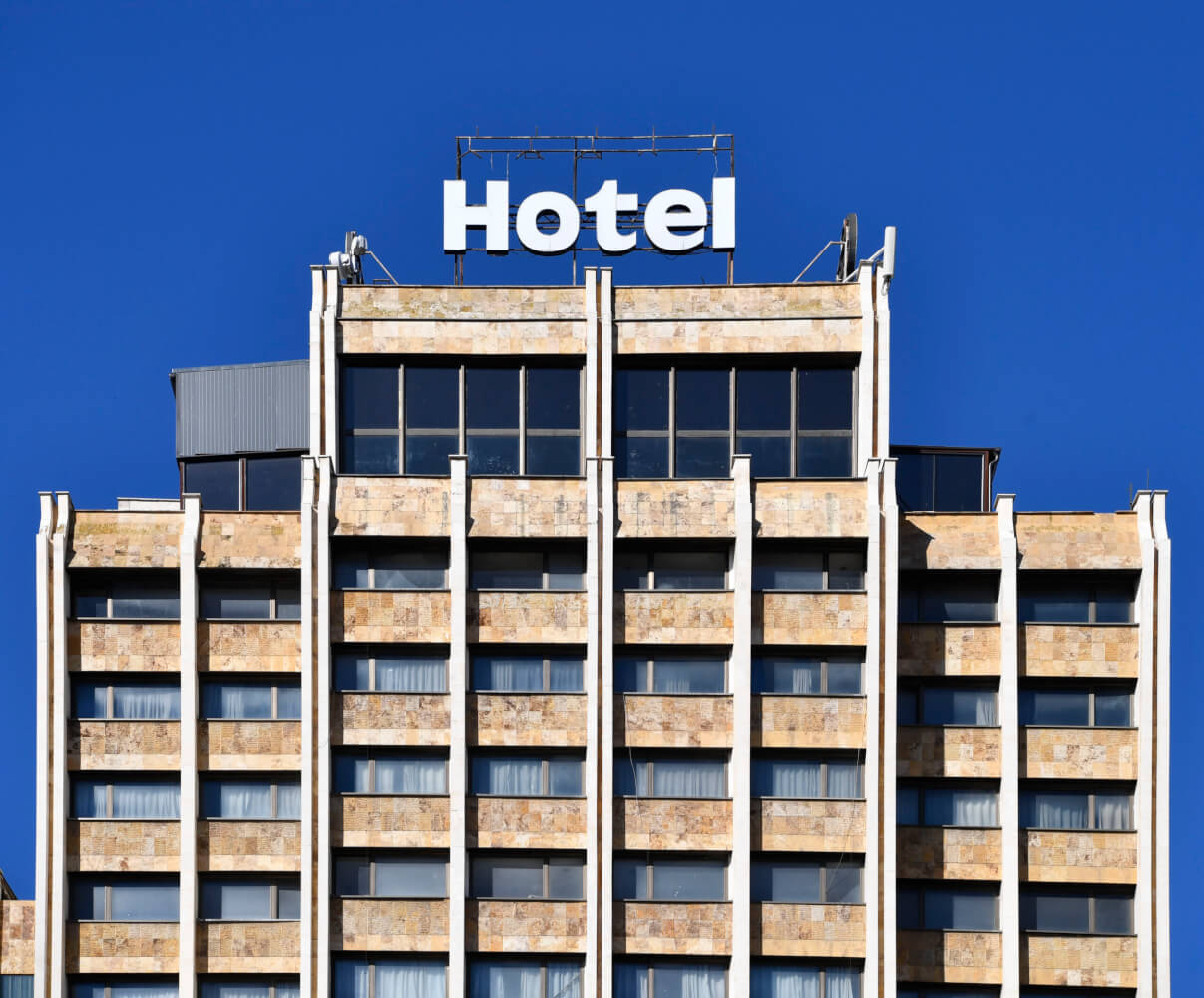
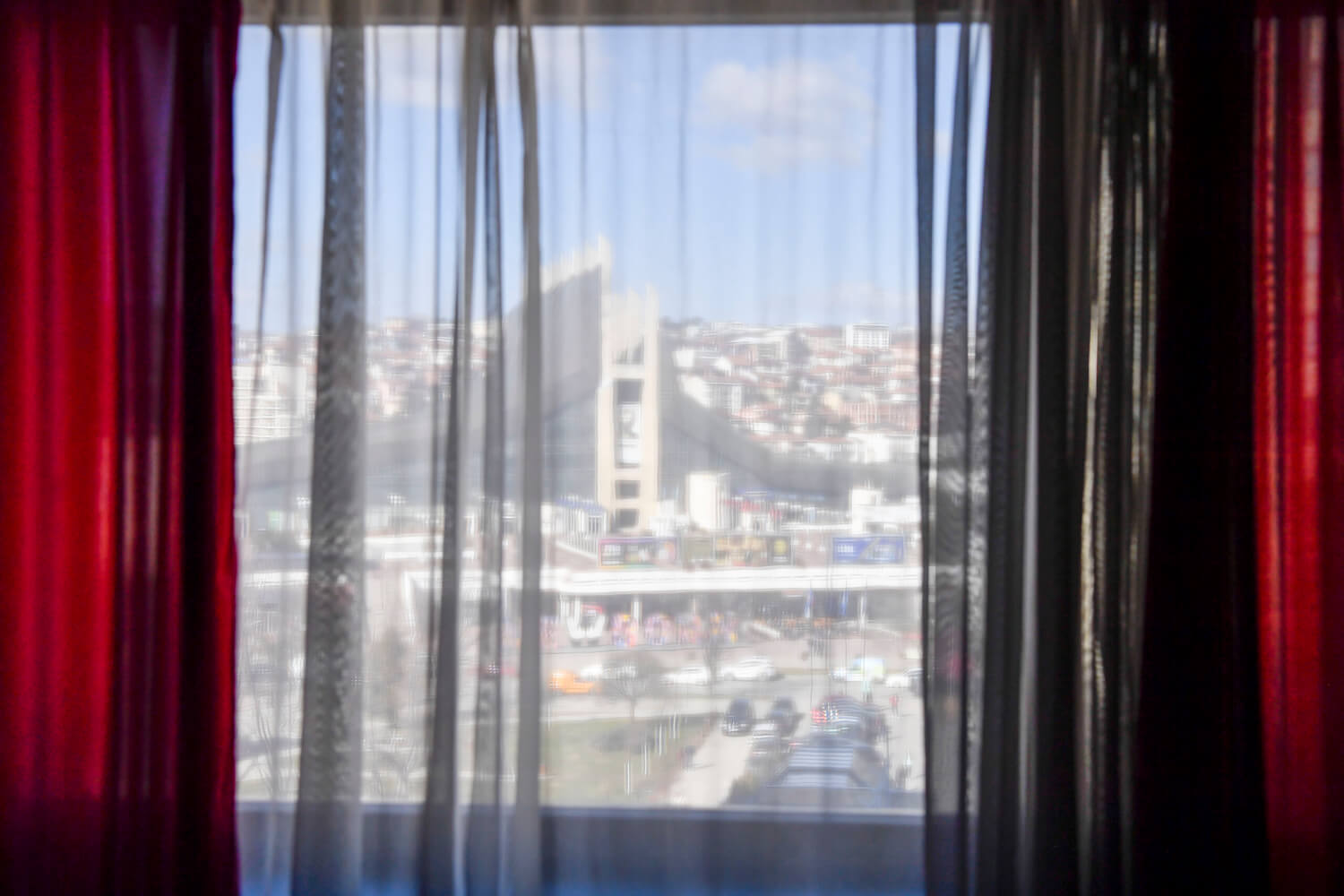
Grand Hotel - Manifesta 14 Prishtina, Atdhe Mulla
NV: How do you imagine Kosovo in the future?
HF: I imagine Kosovo as part of an extended Europe and as a member of the European Union. I also dream for Kosovo that the visa regulations are liberalised. I think this policy must be addressed urgently, so as to empower the young generation, enhance their future prospects and improve connectivity on the continent.
NV: And since Manifesta is a nomadic Biennial, I need to ask: how do you look at the relationship between routes and roots? What do you see and what are you thinking? Can you carry a place and have a place of your own or are they separate elements in today’s fast-paced culture?
HF: My roots are in Europe, as I have always called Europe home. I arrived in the Western Balkans two years ago via a variety of routes and after being embedded in many European countries, where I have had the opportunity to live temporarily. All the while, my main address has been in Amsterdam. The routing of the European Nomadic Biennial is not only based on a geopolitical narrative and desire, but also on the need for arts-based experimentation and exploration of territories and practices. Manifesta does not so much carry a physical space to each edition, but, instead, vests the power of Manifesta in people, experiences and connections. When we refer to the Manifesta family, we are not speaking metaphorically; ours are tight relationships that have developed over decades, creating a generation of people who have worked at a Manifesta, participated in a Manifesta, or created a Manifesta. I sometimes see ourselves as a nomadic circus of Europeans investigating the changing DNA of our European culture.
Interview: Nina Vukelić

Cooking Sections, What Is Above Is What Is Below, 2018 © Manifesta 12, Wolfgang Traeger
MANIFESTA 14 PRISHTINA: HOW TO TELL STORIES OTHERWISE?
Manifesta is known as a nomadic biennial originating in the early 90s in response to the political, economic, and social changes in Europe and as a way of rethinking the lines between art and society across the challenging landscape of European integration. Committed to circling around the back alleys of artistic production rather than sticking around the dominant creative hotspots, Manifesta has found a fresh and different approach to bridging the emerging developments in art and culture with the specific qualities and idiosyncrasies of a chosen location. Its character is defined by a desire to explore the psychological and geographical territory of Europe while creating links with Europe’s neighbours in Asia, the eastern Mediterranean and northern Africa. The chosen host city shapes Manifesta's spirit - creating new constellations, rethinking the notion of public space, and bringing about more conversations as an entry point for extensive study that spans two or more years.
This year Manifesta is landing in Europe’s youngest country, Kosovo, and centers around Prishtina’s underused public spaces as common grounds for the ever-expanding urban mapping. We chatted to Manifesta’s founder and director Hedwig Fijen about the spirit of Prishtina, the early days of Manifesta, and if you can carry a place and have a place of your own alternately.


Manifesta 14 Prishtina Save the Date Campaign © Manifesta 14
NV: Can you tell me about the first time you visited Kosovo or any other parts of the Balkans at large: what images come to your mind? What was it like?
HF: When I first arrived in Prishtina, there was a scent and vibe that captured my attention. The scent of coal mixed with the energetic vibe of a super young generation of internationally-oriented people from Kosovo and the diaspora – who are cosmopolitan, vibrant, well educated and informed. I was impressed by the enthusiastic cultural scene of artists, musicians and performers, which I was not expecting to encounter to such a tremendous extent in a former Yugoslav country and the youngest country in Europe. It was winter and snowy and very poetic; throughout the day, the coffee houses were filled with people hanging out.
NV: Let’s also drift to the early days of Manifesta, the European Nomadic Biennial . You founded Manifesta in 1996 in Rotterdam with an emphasis on encouraging collaborative and multi-disciplinary work. How was this received by the participants back then and what stories come to mind?
HF: If we go back to the days of the founding of Manifesta at the beginning of the Nineties, it was clear that there some core characteristics of biennials that warranted reconsideration; the importance of collective working, co-creating and moving past nationalistic representation of artists became apparent to me, as did the need to conduct extensive curatorial research ahead of working site specifically with new commissions, which, of course, is an imperative practice for a nomadic event. This new approach was very difficult to grasp in the beginning and many cultural practitioners did not see the need or urgency to change the model of, for example, the Venice Biennale. I think these methods are not common all over, but are typical for Manifesta, maybe also as an outcome of our itinerant position.
NV:You started your work on Manifesta more than a decade ago. How has your process changed with the Biennial across social, cultural, political and technological changes between the 1990s and today? I know you value collaboration and public interventions, but have there been significant adjustments?
HF: We started 25 years ago with this collective approach, focusing on a participatory way of working as a strategy for having deep interactions with local communities. From Manifesta 5 onwards, there was a radical shift to interdisciplinarity involving urbanism and architecture in the narrative as well as new research methods, such as the pre-biennial mapping by architects to make us understand where we were landing as the European Nomadic Biennial as well as perceive the typologies of specific host cities with greater clarity. Manifesta works in close collaboration with city authorities to really make a change with the proposals we make and implement long term legacies. With our mediation, education, urban transformation and citizen assembly initiatives, we are commited to creating a platform for sociocultural change instead of focusing solely on art exhibitions, which museums and institutions in the host city are normally far better in executing.
NV: How do you feel the mapping of this new frontier here in Prishtina has influenced your approach to the nomadic Biennial and shaped your understanding of the city?
HF: In realising Manifesta 14 Prishtina, we drew on our recent experiences working in Palermo, Zurich and Marseille. Leaning on lessons learned in those editions while immersing in the particular conditions of the city of Prishtina, we conceived the newly commissioned Urban Vision, symbolic interventions, participatory and long term artistic transformations, social designs and public surveys focusing on the relevance of culture for the wellbeing of communities as well as the inclusivity of diverse perspectives in daily life, instead of catering to the whims of a small elite. The City of Pristhina’s motivation to transform and revitalise public space captivated our team, informing and influencing our narratives and practices as well as our capacity building efforts, especially in education and mediation.
I also experienced that there is a pressing purpose for Manifesta’s presence in this part of Europe, where we can co-create and co-produce sustainable projects in areas such as urbanism and ecology as well as increase the standing of interdisciplinary institutions in education initiatives. In this sense, Manifesta has persisted as a platform for experimentation ever since our first edition in Rotterdam in 1996 . In Kosovo, numerous long term projects have been initiated. We would like to guarantee that these projects continue after Manifesta 14 has closed. That is our ambition: to be the incubator and create the conceptual framwork while the local community assumes collective ownership and continues our projects.


Grand Hotel - Manifesta 14 Prishtina, Atdhe Mulla
NV: How do you imagine Kosovo in the future?
HF: I imagine Kosovo as part of an extended Europe and as a member of the European Union. I also dream for Kosovo that the visa regulations are liberalised. I think this policy must be addressed urgently, so as to empower the young generation, enhance their future prospects and improve connectivity on the continent.
NV: And since Manifesta is a nomadic Biennial, I need to ask: how do you look at the relationship between routes and roots? What do you see and what are you thinking? Can you carry a place and have a place of your own or are they separate elements in today’s fast-paced culture?
HF: My roots are in Europe, as I have always called Europe home. I arrived in the Western Balkans two years ago via a variety of routes and after being embedded in many European countries, where I have had the opportunity to live temporarily. All the while, my main address has been in Amsterdam. The routing of the European Nomadic Biennial is not only based on a geopolitical narrative and desire, but also on the need for arts-based experimentation and exploration of territories and practices. Manifesta does not so much carry a physical space to each edition, but, instead, vests the power of Manifesta in people, experiences and connections. When we refer to the Manifesta family, we are not speaking metaphorically; ours are tight relationships that have developed over decades, creating a generation of people who have worked at a Manifesta, participated in a Manifesta, or created a Manifesta. I sometimes see ourselves as a nomadic circus of Europeans investigating the changing DNA of our European culture.
Interview: Nina Vukelić

